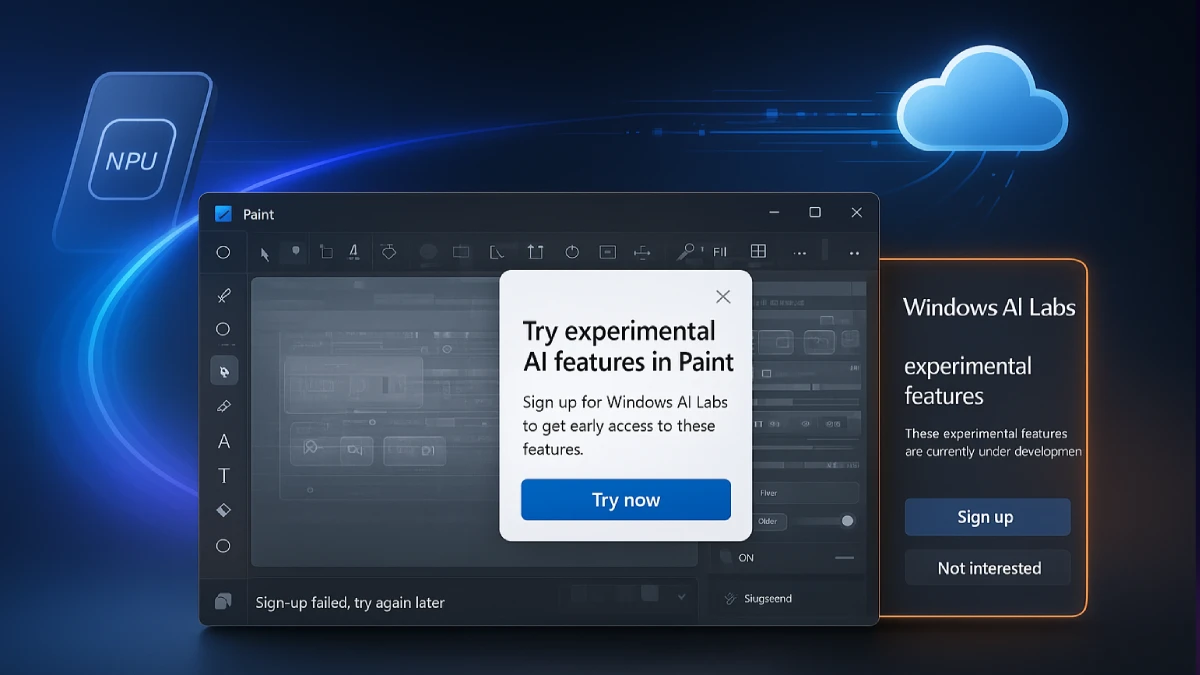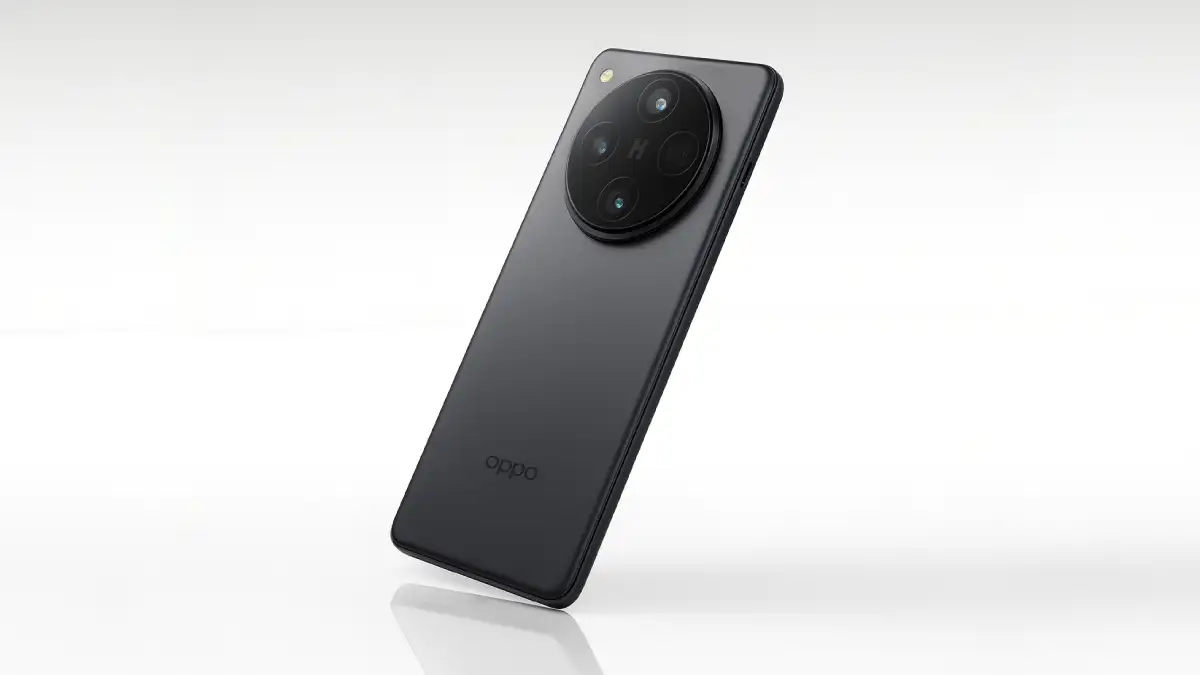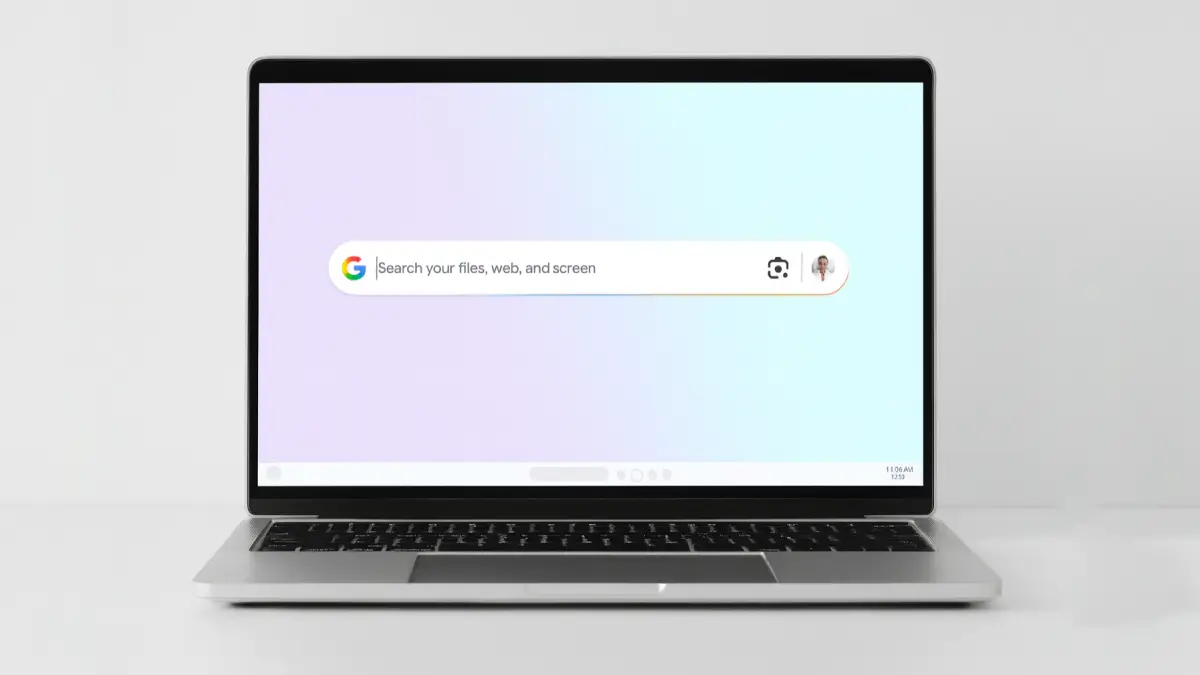Nothing has revealed the full design of Ear (3), including a metal-accented case with a “Super Mic” and a dedicated “Talk” button on the front—unusual for true wireless earbuds, and a first for the brand’s charging case lineup. With launch set for September 18, the button’s purpose is still a mystery, inviting bold interpretations—from instant voice assistants to walkie‑talkie‑style voice capture—but also raising the question: does a new physical control justify the attention without concrete workflows and software support?

What’s actually confirmed
- The Ear (3) case introduces recycled anodized aluminum, a built‑in “Super Mic,” and a dedicated “Talk” button on the exterior, shown in official teasers.
- The earbuds retain the transparent aesthetic while integrating re‑engineered metal elements, including a slimmer metal antenna, in a design fully shown ahead of launch.
- Nothing has not stated what the Talk button does; functionality will be revealed at the September 18 event.
The contrarian read: what problem does “Talk” solve?
A single‑purpose hardware button earns its place only if it compresses a high‑friction task into a single, reliable gesture—think pairing, ANC toggles, or recording in one press. Without clarity, the Talk button risks becoming an extra step in workflows already handled by earbud stems, phone lock‑screen shortcuts, or voice wake words—turning simplicity into redundancy. Even if it launches a voice assistant, the real measure will be wake reliability, latency, and cross‑device context handoff, not the presence of a labeled button.
Plausible use cases—and their trade‑offs
- Instant voice capture: A one‑press field recorder for memos, interviews, or ambient notes, leveraging the “Super Mic” in the case for better clarity when the buds are docked.
- Assistant trigger: A hardware shortcut for assistant actions—queries, translations, or summaries—potentially dovetailing with AI integrations, but still speculative pre‑launch.
- Call handling: Accept/mute calls from the case when buds are in ear or charging, useful at a desk but dependent on robust Bluetooth state management and UX cues.
Each path imposes design burdens: state awareness across phone/PC, privacy indicators if the case microphone is live, and clear feedback so users know when “Talk” is actually listening or sending audio.
Why putting it on the case matters
Locating “Talk” on the case rather than the stems signals workflows that begin when the buds aren’t in ear—or when the case acts as a companion device, like a mini remote or desk mic hub. That choice could enable differentiated experiences (e.g., quick memo capture with buds docked) but also risks confusing mental models if users must remember two control surfaces with overlapping functions.
Lessons from adjacent designs
Case‑level controls can work when narrowly scoped and clearly communicated, as seen in prior hardware that put dials or buttons on the case for quick actions. The difference here is semantics: “Talk” suggests a broad voice domain, which raises expectations for AI‑assisted intent parsing, app routing, and privacy safeguards from day one.
The stakes for launch day
To turn a headline feature into a habit, the company should show frictionless end‑to‑end demos: press, speak, auto‑transcribe, route to Notes, tag location/time, and sync—no taps or permission hunts after the fact. If the button merely mirrors what stems or wake words already do, it becomes design noise on otherwise promising hardware upgrades like the metal antenna and recycled aluminum case.
What to watch on September 18
- Latency and reliability: How fast does “Talk” wake, capture, and confirm success across Android and desktop contexts?
- Privacy UX: Are there clear LEDs, on‑device processing claims, and mute safeguards when the case mic is active?
- Real integrations: Are notes, translations, and assistant actions first‑class with partner apps, or is it a generic voice handoff?
- Battery trade‑offs: Does the case mic meaningfully impact standby or recording endurance? Post‑launch reviews should quantify this.
Bottom line
The “Talk” button is a bold hardware cue that voice is central to Ear (3), but its value hinges on invisible software: intent detection, context, and privacy that make one press smarter than saying a wake word or squeezing a stem. Until launch demos show end‑to‑end flows, treat the button as promising—but unproven—on otherwise mature, metal‑forward hardware.




